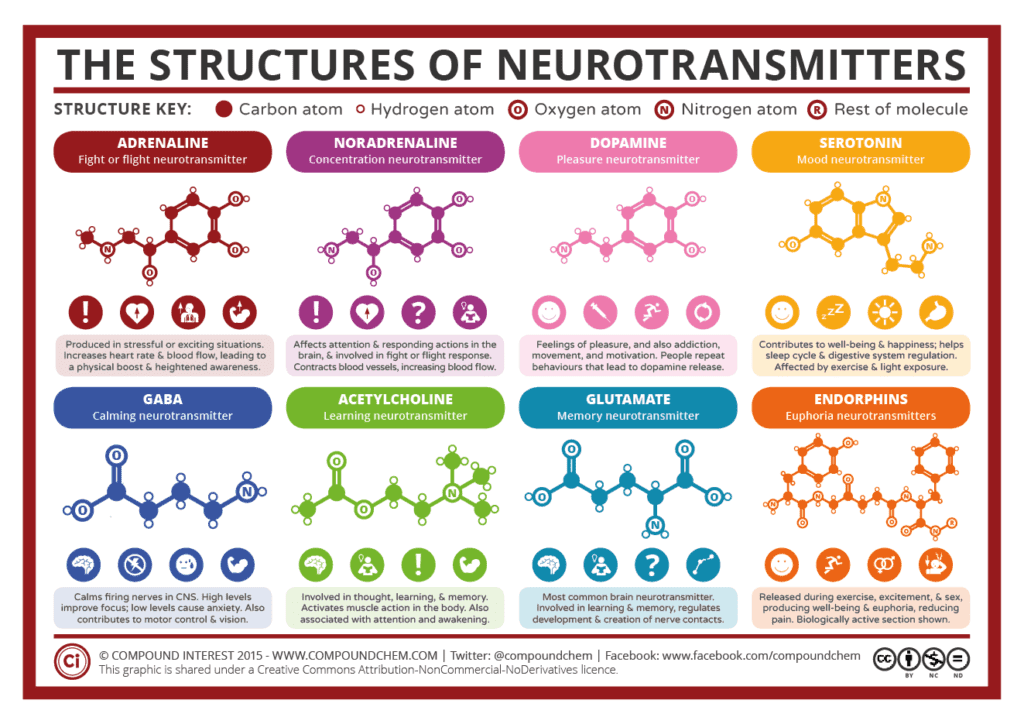Neurotransmitters and Dog Behavior Issues
From 2019 to 2023, my focus was on studying the impact of adrenaline on dogs’ bodies. I used this knowledge to change their behavior effectively and avoid any counterproductive techniques. As a certified canine behavior consultant, my aim is to assist dog owners in dealing with their pets’ behavior problems using well-informed strategies.
Historical Context of Dog Behavior Issues
“… training a dog to sit originated in regulations formed for competition obedience around the 1920s” – Kama Brown, IAABC Foundation Journal
The default sit in dog training became popular in the 1920s. Since then, there have been significant advancements in dog training and behavior modification techniques.
Obedience training isn’t always the answer
Dr. Ian Dunbar introduced the concept of “jazz up, settle down,” which encourages dogs to alternate between excitement and calmness.
Suzanne Clothier stressed the importance of including pauses in high-stress situations, which still applies to my behavior modification techniques today.
- Suzanne Clothier stressed the importance of including pauses in high-stress situations, which still applies to my behavior modification techniques today.
Experts Analyzing Neurotransmitters and Dog Behavior Issues
I’ve learned a lot from experts like Dr. Kristina Spaulding, Dr. Amy Learn, and Irith Bloom, who I met at the IAABC Foundation Conference. These experts talk about dog behavior and stress, confirming things I’ve wondered about for years. The research they did on neurotransmitters and stress responses supports the behavior techniques I use.
Neurotransmitter Roles in Dog Behavior Issues
Understanding the roles of various neurotransmitters is essential in addressing behavior issues effectively. Here’s a detailed look at some key neurotransmitters and their functions.
GABA and Glutamate:
- GABA: The main inhibitory neurotransmitter, it slows down signals in the brain, affecting focus and reducing anxiety.
- Glutamate: The main excitatory neurotransmitter, it speeds up messages to the brain, enhancing learning and memory.
Monoamine Neurotransmitters:
- Serotonin: Influences anxiety, compulsion, memory, arousal, mood, digestion, and pain modulation. It has higher levels during the day and decreases in the evening.
- Dopamine: Involved in motor function, cognition, emotional well-being, reward-seeking behaviors, addiction, emotion, perception, and learning. Reward systems based on dopamine can effectively address behavioral issues.
- Norepinephrine: Associated with impulsivity, arousal control, and focus. Targeted treatments can help manage these aspects in dogs.
- Endorphins: The body’s natural opiates, released during activities like chewing, licking, playing, sniffing, and petting, they help manage pain and stress.
- Adrenaline: Produced during stressful or exciting situations, it prepares the body for a ‘fight or flight’ response.
Practical Applications
By understanding these neurotransmitters, I can create effective behavior modification plans tailored to each dog’s unique needs. This includes considering how quickly they calm down (recovery rate) and how fast they become excited or stressed (arousal latency).
Conclusion
As a certified canine behavior consultant, my mission is to use this knowledge to help dog owners address behavior problems more effectively. While I am not a veterinarian, my extensive research and ongoing education enable me to provide valuable insights and practical advice. For further reading and resources, visit the blog “Understanding Your Dog’s Behaviors.”

